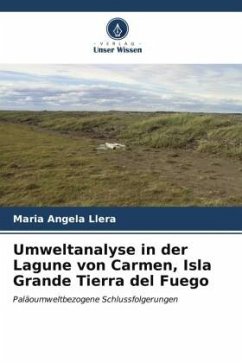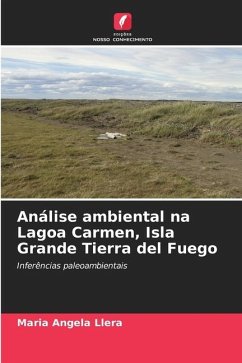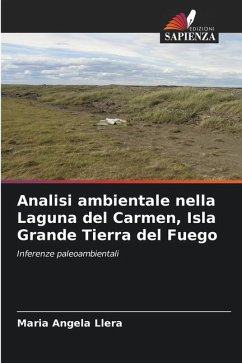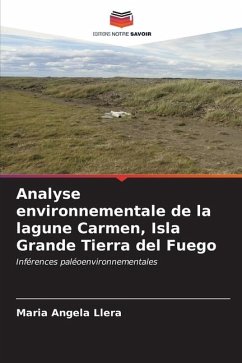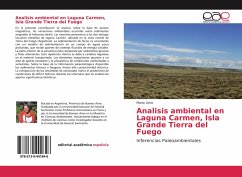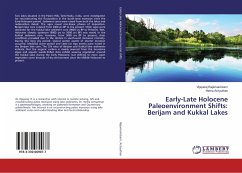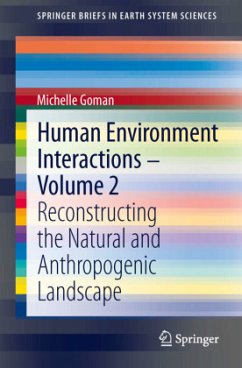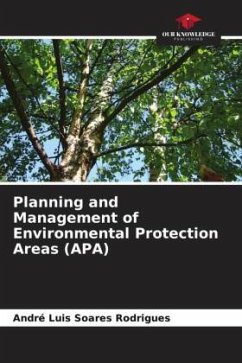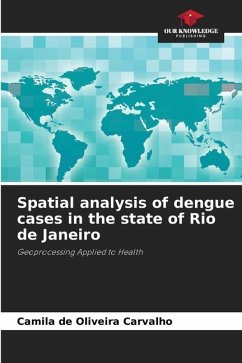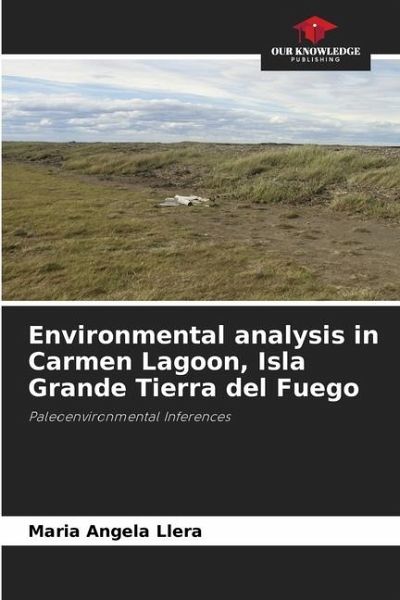
Environmental analysis in Carmen Lagoon, Isla Grande Tierra del Fuego
Paleoenvironmental Inferences
Versandkostenfrei!
Versandfertig in 6-10 Tagen
27,99 €
inkl. MwSt.

PAYBACK Punkte
14 °P sammeln!
The present contribution analyzes, on the basis of magnetic proxies, the environmental variations that occurred on sediments assigned to the late Holocene. The samples belong to the two lacustrine cores extracted from Laguna Carmen, located in central Tierra del Fuego (Argentina). The facies sedimentation is consistent with a model of sedimentation in a shallow water body, which receives inputs from fluvial systems of variable energy. The lower part of the sequence is composed of alternating coarse and fine sediments. This rhythmic repetition is due to regular changes in the transported materi...
The present contribution analyzes, on the basis of magnetic proxies, the environmental variations that occurred on sediments assigned to the late Holocene. The samples belong to the two lacustrine cores extracted from Laguna Carmen, located in central Tierra del Fuego (Argentina). The facies sedimentation is consistent with a model of sedimentation in a shallow water body, which receives inputs from fluvial systems of variable energy. The lower part of the sequence is composed of alternating coarse and fine sediments. This rhythmic repetition is due to regular changes in the transported material. The major elements point to a constant input area and the prevalence of sub-humid to semi-arid conditions. Based on available paleontological information the silty or muddy sediments have high electrical conductivity. The composition of the ostracod assemblages indicates the predominance of water deficit conditions during intervals that do not show significant detrital input.



